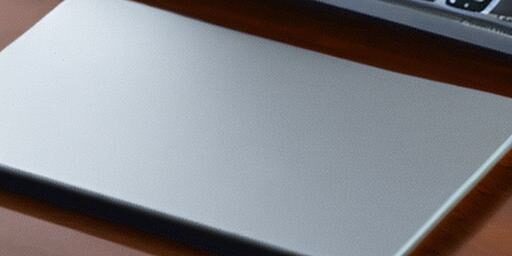Replacing a laptop trackpad can often bring new life to your device, but what happens when the new trackpad isn’t working as expected? Sensitivity issues are one of the most common problems users face after a replacement. Whether it’s lagging, overly responsive movements, or unresponsive gestures, these issues can disrupt your workflow and productivity.
In this guide, we’ll explore the causes of trackpad sensitivity issues, provide step-by-step troubleshooting tips, and offer solutions to ensure your trackpad works smoothly after replacement. By the end, you’ll know how to tackle these problems efficiently and restore your device’s functionality.
Understanding Trackpad Sensitivity Issues
Trackpad sensitivity refers to how quickly and accurately your trackpad responds to touch. Sensitivity issues can manifest as:
- Lagging or delayed response to gestures.
- Unintended cursor movements or clicks.
- Failure to recognise multi-touch gestures.
Such problems can stem from software, hardware, or installation errors, especially after replacing the trackpad.
Common Causes of Post-Replacement Trackpad Problems
1. Incorrect Driver Installation
- Replacing a trackpad often requires new drivers.
- Using outdated or incompatible drivers can result in improper functionality.
2. Misconfigured Sensitivity Settings
- Default sensitivity settings may not match your preferences.
- New trackpads might reset these settings, causing discomfort during use.
3. Hardware Compatibility Issues
- Non-genuine replacement parts may not integrate well with your laptop.
- Physical misalignment during installation can affect responsiveness.
Step-by-Step Troubleshooting Guide
1. Check for Driver Updates
- Open your device’s Device Manager.
- Locate the trackpad under “Mice and other pointing devices.”
- Right-click and select “Update Driver”.
- Allow your system to search for updated drivers online.
2. Adjust Trackpad Sensitivity Settings
- Navigate to Settings > Devices > Touchpad.
- Adjust the sensitivity slider to your preferred level.
- Test gestures like scrolling and tapping to ensure optimal performance.
3. Test Hardware Connections
- Power off your laptop and open the back panel.
- Verify that the trackpad’s ribbon cable is securely connected.
- Inspect for visible damage or debris affecting connections.
Advanced Fixes for Persistent Sensitivity Problems
1. Reinstalling Drivers
- Uninstall the current trackpad driver through the Device Manager.
- Restart your laptop to allow Windows to reinstall the default driver.
- If issues persist, download the driver from the manufacturer’s website.
2. Performing a System Reset
- If software conflicts are suspected, perform a system reset or restore to an earlier point.
- Ensure your data is backed up before proceeding.
3. Consulting a Professional
- If the problem remains unresolved, seek professional repair services.
- A technician can identify hardware defects or installation errors.
Preventing Trackpad Sensitivity Issues in the Future
1. Choosing the Right Replacement Trackpad
- Opt for OEM (Original Equipment Manufacturer) parts to ensure compatibility.
- Research reputable brands and suppliers for high-quality replacements.
2. Regular Maintenance Tips
- Keep your trackpad clean and free from dirt or debris.
- Periodically update drivers to maintain optimal functionality.
Conclusion and Call to Action
Trackpad sensitivity issues can be frustrating, especially after a replacement. By following the troubleshooting steps outlined in this guide, you can address the most common problems and enjoy a seamless user experience.
Call to Action:
If you’re still struggling with sensitivity problems, let the experts at Perth Computer Experts assist you. We provide professional diagnostics, repairs, and replacements to keep your laptop running smoothly. Contact us today for reliable and efficient solutions to all your tech troubles!




